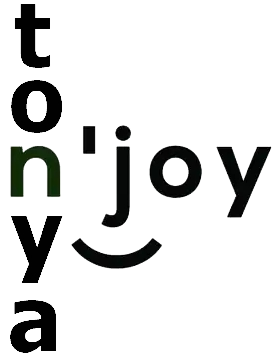Is 50mm a good focal length?
The Great All-Rounder Why is the 50mm considered a good all-round lens? The simplest answer is that the 50mm focal length is equivalent to ‘what our eyes see’. It can easily be used to capture a range of angles including overhead, straight on and 45-degree without experiencing too much perspective distortion.
Is a 50mm good for headshots?
What is the best lens for headshots? The best lens to use for headshots is a portrait-length lens, with a focal length of at least 50mm for a full-frame camera. These focal lengths are more flattering for human portraits because it helps eliminate distortion. Longer focal lengths also help limit the depth of field.
What lenses are best for portraits?
The Best Portrait Lenses
- Sigma 85mm f/1.4 DG HSM Art.
- Carl Zeiss Distagon T* Otus 1.4/55 ZF.
- Tamron SP 85mm f/1.8 Di VC USD.
- Sigma 50mm f/1.4 DG HSM Art.
- Nikon AF-S NIKKOR 85mm f/1.8G.
- Canon EF 135mm f/2L USM.
- Canon EF 35mm f/1.4L II USM.
- Nikon AF Nikkor 50mm f/1.4D.
What F stop to use for headshots?
f/1.8 to f/2.8
The ideal camera lens for headshots will have a wide maximum aperture. Look for something in the f/1.8 to f/2.8 range. Wider f-stops use shallow depth of field to separate subjects from their backgrounds and draw more focus to them. The most flattering focal lengths for portraits are between 40mm and 85mm.
What are 50mm lenses best for?
50mm lenses are fast lenses with a fast maximum aperture. The most basic 50mm lenses are typically F1. 8 – a very wide aperture. This means they are great for low-light photography (e.g. low-light portraiture or indoor shooting) as they allow more light into the camera’s sensor.
What are 50mm lenses good for?
IS f 2.8 good for portraits?
The right aperture also puts your viewer’s attention squarely on your subject and regulates your depth of field to get just the right amount of background blur. Now, the best portrait lenses have wide apertures of f/2.8 to f/1.2.
What do you photograph with a 50mm lens?
01 Capture fast-moving subjects This means a nifty fifty is an ideal lens for photographing fast-moving subjects. Now, a fixed wider focal length might not be ideal subjects like sport or wildlife, but a 50mm lens is great for photographing kids or even pets.
What would you use a 50 mm lens for?
It’s one of the most popular lenses on the market, and it can be used for anything from portraits and car photography to landscapes and nighttime shots. The only time you can’t use a 50mm lens is when you’re so far away from your subject that capturing it requires a telephoto lens.
Is a 50mm lens good for portraits?
A 50mm lens is a very versatile lens and a favourite of new photographers, because the price point makes it very affordable. It’s also a light lens and doesn’t scream “serious about photography”, so perfect for street photography as it’s less noticeable. For this portrait I used a focal length of 85mm. Which is better for portraits 50mm or 85mm?
What is the best focal length for portrait photography?
The short answer, and the easy way out is that an 85mm lens on a full frame camera is considered the ideal focal length for flattering portrait photos. However, the best way to answer this very popular focal length question is with four more questions…
Will a 50mm lens make my face look smaller?
It will make faces thinner and noses bigger. A 50mm lens is a very versatile lens and a favourite of new photographers, because the price point makes it very affordable. It’s also a light lens and doesn’t scream “serious about photography”, so perfect for street photography as it’s less noticeable. For this portrait I used a focal length of 85mm.
What is the difference between a 50mm and 85mm lens?
The 50mm lens, on the other hand, with the proper usage, will have just enough distortion to show a lot of your surroundings but without distorting your subject negatively. This is another 85mm shot but this time taken on location.
